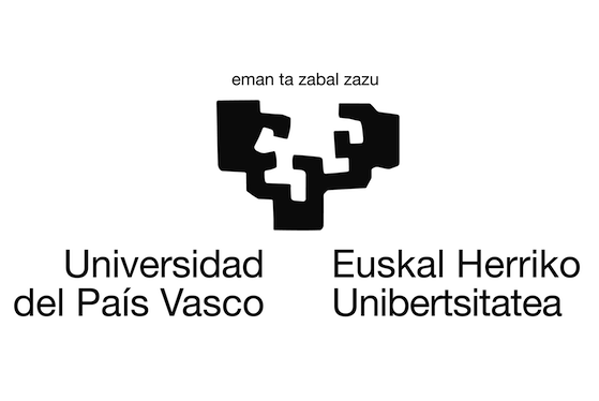Neurociencias


Hospital Universitario de Donostia
San Sebastián, EspañaPublicaciones en colaboración con investigadores/as de Hospital Universitario de Donostia (304)
2024
-
A mammalian-specific Alex3/Gαq protein complex regulates mitochondrial trafficking, dendritic complexity, and neuronal survival
Science Signaling, Vol. 17, Núm. 822
-
Biallelic variants in SNUPN cause a limb girdle muscular dystrophy with myofibrillar-like features
Brain, Vol. 147, Núm. 8, pp. 2867-2883
-
CNS involvement in myotonic dystrophy type 1: does sex play a role?
Frontiers in Neurology , Vol. 15
-
CT angiography reconstruction of a rotational vertebral artery syndrome
Archives of Disease in Childhood
-
Description of clinical and genetic features of 122 patients included in the Spanish Pompe registry
Neuromuscular Disorders, Vol. 34, pp. 1-8
-
Development of an in vitro platform for the analysis of contractile and calcium dynamics in single human myotubes
Lab on a Chip, Vol. 24, Núm. 20, pp. 4741-4754
-
Dysregulated FOXO1 activity drives skeletal muscle intrinsic dysfunction in amyotrophic lateral sclerosis
Acta Neuropathologica, Vol. 148, Núm. 1
-
Further Evidence of Cerebellar Cognitive Affective/Schmahmann Syndrome in RFC1-Related Syndrome
Movement Disorders
-
Haplotype-Aware Detection of SERPINA1 Variants by Nanopore Sequencing
Journal of Molecular Diagnostics, Vol. 26, Núm. 11, pp. 971-987
-
Immortalized human myotonic dystrophy type 1 muscle cell lines to address patient heterogeneity
iScience, Vol. 27, Núm. 6
-
Oocyte electroporation prior to in vitro fertilization is an efficient method to generate single, double, and multiple knockout porcine embryos of interest in biomedicine and animal production
Theriogenology, Vol. 218, pp. 111-118
-
Role of the repeat expansion size in predicting age of onset and severity in RFC1 disease
Brain : a journal of neurology, Vol. 147, Núm. 5, pp. 1887-1898
-
Serum Neurofilament Light Chain in Replication Factor Complex Subunit 1 CANVAS and Disease Spectrum
Movement Disorders, Vol. 39, Núm. 1, pp. 209-214
-
The CAPN3 p.Lys 254del variant is not always associated with dominant CAPN3-related muscular dystrophy
Muscle and Nerve, Vol. 69, Núm. 4, pp. 472-476
-
Understanding the olfactory role in post-COVID cognitive and neuropsychiatric manifestations
Frontiers in Psychology, Vol. 15
2023
-
Admixture mapping of severe asthma exacerbations in Hispanic/Latino children and youth
Thorax, Vol. 78, Núm. 3, pp. 233-241
-
Alpha-1 antitrypsin deficiency and Pi*S and Pi*Z SERPINA1 variants are associated with asthma exacerbations
Pulmonology
-
Altered expression of proteins involved in metabolism in LGMDR1 muscle is lost in cell culture conditions
Orphanet Journal of Rare Diseases, Vol. 18, Núm. 1
-
Changes in Liver Lipidomic Profile in G2019S-LRRK2 Mouse Model of Parkinson’s Disease
Cells, Vol. 12, Núm. 5
-
Classifying asthma control using salivary and fecal bacterial microbiome in children with moderate-to-severe asthma
Pediatric Allergy and Immunology, Vol. 34, Núm. 2

